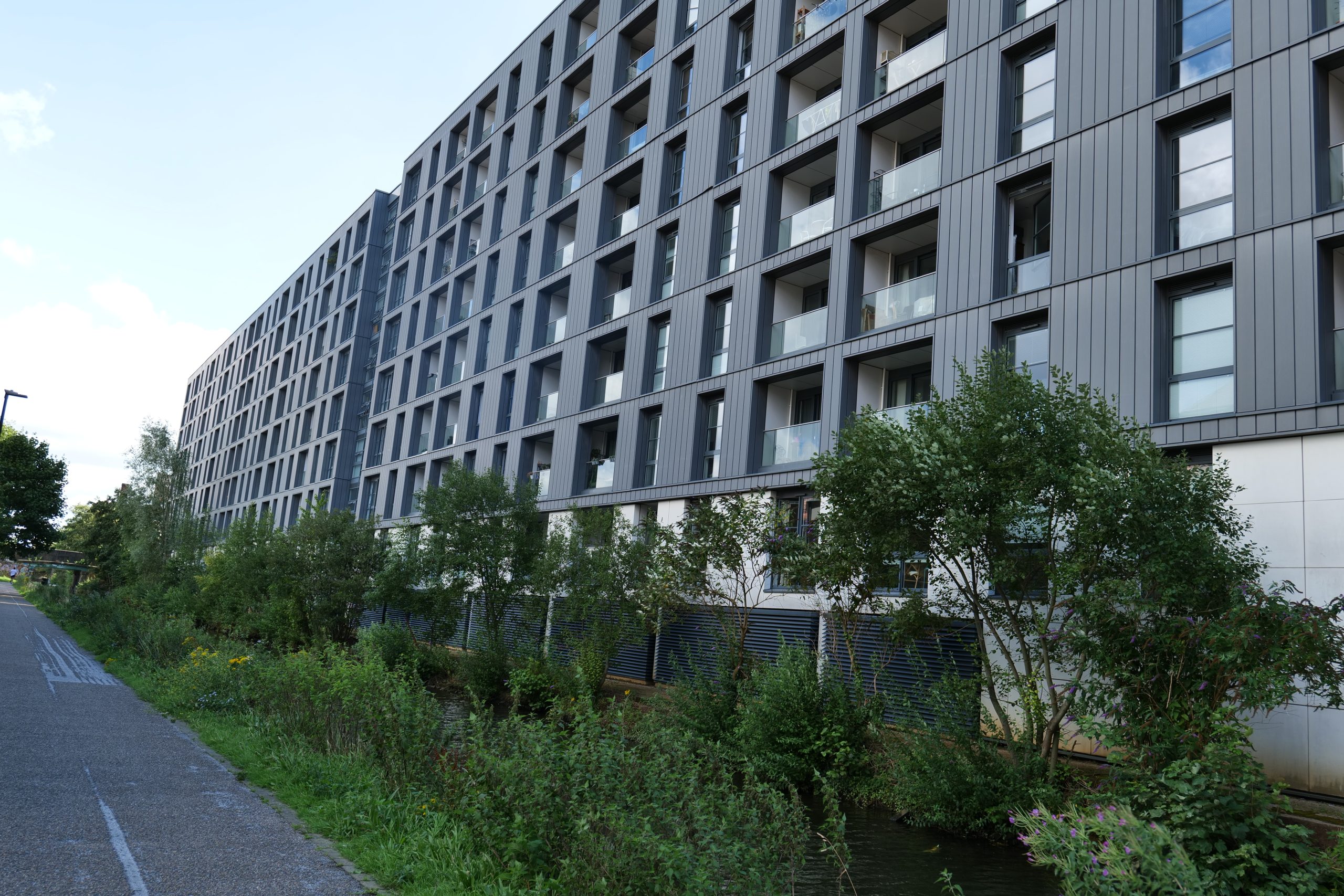Fire Compartmentation

Introduction to Fire Compartmentation
There are two main reasons why fire compartmentation is required;
● life safety
● property protection
This is achieved by using construction methods that are fire resistant, with cavity barriers and fire stopping as necessary. In the event these are not present, a fire compartmentation report can highlight what remediation may be necessary.
Where fire compartmentation is required, we can remediate cavity barriers that have been either incorrectly installed or installed to an outdated standard that is no longer acceptable. Typically, we would install cavity barriers in the cladding cavity at all floor slabs, partition walls and around windows in order to prevent the spread of fire from one apartment to the next and contain the risk to the affected apartment only.
We use tested, approved materials and construction methods to ensure that any building that we remediate meets the highest standard outlined in the most current building regulations.
Fire stopping installations vary hugely and depend upon other fire stopping and compartmentation methods used, however our report will include recommendations for fire-rated walls and partitions, doors and windows and automatic fire sprinkler systems.
Intelligent FS are highly qualified to carry out your survey and produce a comprehensive report. Furthermore, we can deliver a fully costed quotation to complete any remediation works required, thus ensuring your staff, clients and/or residents are protected and your business is fully compliant.
What the Law says.
To meet the legal requirements of the Regulatory Reform (Fire Safety) Order 2005, building owners and occupiers must ensure that the fire compartmentation in their buildings is robust and adequately managed and maintained.
Fire Safety: Approved Document B (ADB), Volume 2 (2019) defines a fire compartment as; –
“A building or part of a building comprising one or more rooms, spaces or storeys constructed to prevent the spread of fire to or from another part of the same building or an adjoining building.”
This is achieved through the provision of fire resisting walls and floors (commonly offering between 30 minutes and 120 minutes fire resistance). And will include special measures to address any openings in the compartment lines, such as doors, glazing, service penetrations and ductwork.
The wall or floor must remain functional for the duration of the designed fire resistance period. The compartment wall or floor should not crack or develop holes that allow flames, smoke, or hot gases to pass through it, and if appropriate, it should maintain a suitable degree of insulation. ADB Tables B3 and B4 provide detailed information regarding the minimum periods of fire resistance required in buildings for different purpose groups and maximum permitted compartment sizes.
